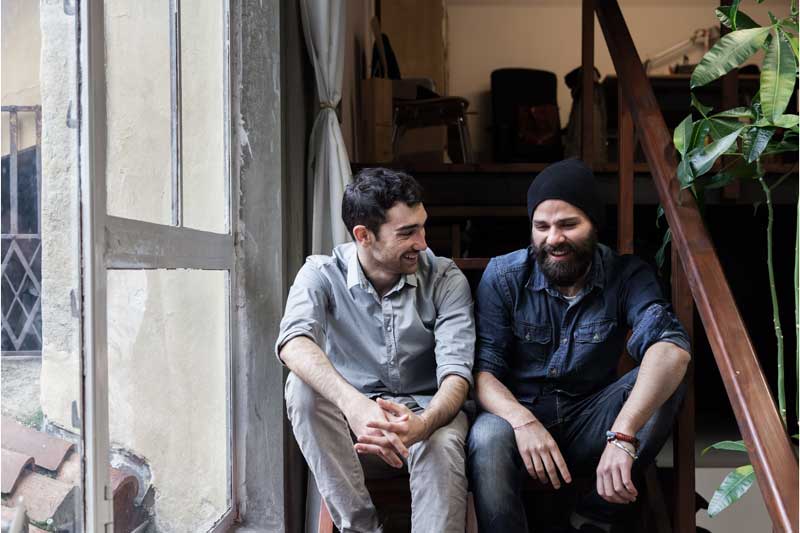
Housing and homelessness resources
Information, support and resources for people experiencing or at risk of homelessness or housing crisis.

If you are currently experiencing or at risk of homelessness, call the Victorian Statewide Homelessness Line on 1800 825 955 to be connected with an Access Point in your area. An Access Point is a designated community organisation that does intake and assessment for people needing help.
VincentCare provides services and programs for people who are experiencing or at risk of homelessness and disadvantage. To find out more about our programs and services, visit vincentcare.org.au/services
If you need additional support, please refer to the list below.
1800 Respect National Sexual Assault, Domestic and Family Violence Counselling Service | https://www.1800respect.org.au/
Australia wide 24 hour a day free counselling for anyone needing help with sexual assault or domestic and family violence issues.
Aboriginal Housing Victoria | http://ahvic.org.au/
Apply for housing or find out more information.
Ask Izzy | https://askizzy.org.au/
Search more than 350,000 services to find housing, meals, healthcare, counselling, legal advice, addiction treatment and a whole lot more. It’s free and anonymous.
Australian Council of Social Service | http://www.acoss.org.au/
Sector information and advocacy for Australian agencies.
Community Housing Industry Association of Victoria | http://www.chfv.org.au/
Sector information about and advocacy for community housing.
Council to Homeless Persons | http://chp.org.au/
Practical advice, support, information and referrals to individuals experiencing homelessness or who are at risk of becoming homeless.
Federal Department of Human Services | https://www.humanservices.gov.au/
Up to date and accurate information about services that you use or have applied to use.
Financial Counselling Australia | http://www.financialcounsellingaustralia.org.au/Home
Find a financial counsellor in your area or call for telephone counselling.
Justice Connect’s Dear Landlord | https://apps.justiceconnect.org.au/dear-landlord
If you’re a renter in Victoria struggling to pay rent, Justice Connect’s Dear Landlord self-help tool can draft a letter to your rental provider to negotiate a payment plan, help you understand your rights in the eviction process, and prepare you for VCAT.
No To Violence | https://ntv.org.au
No to Violence works with men who use family violence, and the sector that supports them to change their abusive and violent behaviour.
Real Estate Institute of Victoria (REIV) | http://www.reiv.com.au/
Find out if your agent is a REIV member or look at rental data to compare different suburbs.
Relationships Australia | http://www.relationshipsvictoria.com.au/
Service dealing with a multitude of relationship issues.
Safe Steps Family Violence Response Centre | http://www.safesteps.org.au/
Free Family Violence 24/7 Response telephone line providing support to women and those close to them affected by family and domestic violence.
Tenants Union of Victoria | http://www.tuv.org.au/
Free advice to tenants on all rental issues.
Victorian Council of Social Service | http://vcoss.org.au/
Sector information and advocacy for Victorian agencies.
Victorian Department of Families, Fairness and Housing | https://services.dffh.vic.gov.au
Information about homelessness and crisis accommodation, children, families and young people, disability, financial support and crisis and emergency.
Victorian Office of Housing | http://www.housing.vic.gov.au/
Apply for public housing or find out more information.
WIRE (originally Women’s Information and Referral Exchange) | http://www.wire.org.au/
WIRE provides support, referrals and information on any issue for women, non-binary and gender diverse people in Victoria. Call their line on 1300 134 130, chat with them online or visit their walk in centre for information, support and referrals about anything.



